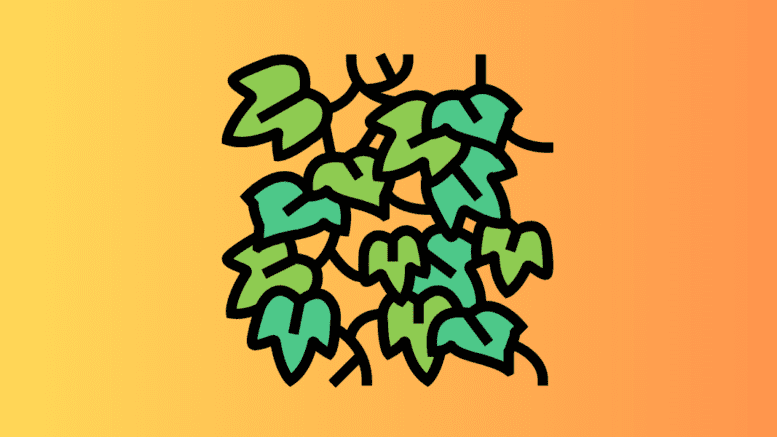This is an expansion of one of the earliest articles published on the Cobb County Courier. It was originally published in January of 2016, about five months after we began publishing.
At the time this article was written, if we had 1,000 visitors over a 30-day period I’d be thrilled. At this point our 30-day readership is consistently over 110,000 page views, and often approaches 200,000. So I’m recycling some of the golden oldies for a new and larger audience.
The Georgia Native Plant Society holds periodic work days in Heritage Park in Mableton to remove invasive plants (follow this link for the details of the next work day). One thing I noticed about their publicity for the event is that more emphasis was put on privet than on kudzu. Read further to find out why.
Not only that, but I noticed that I see a lot more privet in Cobb County than I do kudzu. Kudzu’s more noticeable since it engulfs whole trees and buildings, but privet is everywhere.
A little about this notorious plant
I’m a fan of what’s known as “long form journalism”. It’s the type of article that takes more than one sitting to read, unless you have a free afternoon. Unlike the typical 300-500 word news article (like this article), it covers a topic in depth.
One morning in the winter of 2016, I visited Longreads, a site devoted to long form journalism, and was thrilled to find a link to a Smithsonian Magazine article about kudzu, the Japanese weed which has become a symbol of the American South.
Growing up in the Grant Park neighborhood of southeast Atlanta, I was in awe of the kudzu that covered vacant lots, and became convinced that within a few decades the entire state of Georgia would be a tangled mass of kudzu, irretrievable short of nuclear annihilation of the weed.
“The True Story of Kudzu, the Vine That Never Truly Ate the South” gives a much more detailed, and less alarmist view of this invasive plant. Kudzu, the article explains, was introduced to the South during the Great Depression. Farmers were paid up to $8 per acre to plant the weed for erosion control, and railroad and highway developers planted kudzu to increase the stability of the walls of clay they were creating by grading the land for roads and track.
While kudzu is an invasive non-native plant, with all the problems that brings for our local ecosystem, its coverage and the speed of its growth is often exaggerated. Privet, another introduced species, is much more invasive, and covers 14 times the acreage of kudzu. Even invasive roses cover 3 times more of our land area than kudzu. That may not console you if kudzu is encroaching on your yard, but for thorough and balanced information on this fast-growing Asian weed, “The True Story of Kudzu, the Vine That Never Truly Ate the South” is a good starting point.
One of the best accounts, not only of the headaches and environmental destruction caused by kudzu, but also of potential uses for the plant is this article from the Extension Service for Alabama A&M and Auburn.
The article states:
“For more than 2,000 years, Asian cultures have found great value in kudzu.
“Chinese records tell of kudzu roots being dried and diced for medicinal purposes as early as 1578.
“Kudzu fiber from vines and stems was used to make “grass” cloth and paper by 1665.
“During the 1700s, kudzu was imported into Japan where the roots were ground into flour. Kudzu flour is still imported to the United States and sold in many Asian grocery and health food stores.”
So by all means, help to control kudzu’s spread in any environmentally healthy way you can. But put more time into digging up privet by the roots.
